The recent protests in the wake of George Floyd’s killing at the hands of police have led to growing awareness, especially among non-Black Americans, of the lived experiences of African Americans and ongoing racism and racial inequality. School districts, nonprofits, and even corporate firms have released statements to both staff and the public about their alliance with the movement to end racism.
When Americans envision a country without racism and racial inequality, many look to schools. We imagine that schools can and should build interracial understanding and teach children not to be racist, believing that this will end racism in the long run. Many teachers are indeed on board with this vision.
But there’s a problem with this vision. Schools and the teachers in them are embedded in our racist society. Decades of writing, hand-wringing, and attempts to address the racial inequality produced in schools have only been minimally successful. Why?
In a recent study, we hypothesized that one piece of this puzzle is the racial bias that many teachers hold. We directly tested teachers’ levels of bias–general attitudes or feelings toward different racial groups–and compared their biases to those of other Americans. We wanted to know, given their dedication to learning and for many, dedication to racial equity, would teachers less frequently show racial bias than other Americans?
We found that that teachers are people too. That is, teachers hold, on average, pro-white/anti-Black bias at levels comparable to those of the general population.
To assess the magnitude of racial bias among teachers, we conducted two studies: one with a large sample of 68,930 teachers (and over 1.5 million non-teachers) who visited Project Implicit—a large-scale effort to evaluate implicit bias through self-administered, web-based tests—and the other with a sample of teachers and non-teachers from a smaller, nationally representative dataset. Our most precise raw estimates showed that about 30% of respondents (including both teachers and non-teachers) expressed explicit pro-white/anti-Black bias and 77% expressed implicit pro-white/anti-Black bias.
In both studies, we statistically compared teachers to non-teachers with similar characteristics, including age, level of education, and political identity. We found statistically discernible differences between teachers and non-teachers in only two of the five bias measures we utilized across our studies. However, even those differences were negligible, dwarfed by the differences between white and Black respondents (74 times larger) and between conservative and liberal respondents (46 times larger).
In other words, teachers’ biases very much mirror those of non-teachers.
These biases matter. Other research shows that teachers’ implicit racial/ethnic biases are associated with lower expectations of students, worse instruction quality and pedagogical choices, and less concern for fostering mutually respectful classroom environments. These factors negatively impact the academic achievement of minority students. There is also evidence suggesting bias contributes to the documented disparities in how minority students are disciplined. Not only do these biases directly impact students’ educational experiences, but students’ perceptions that their teachers hold biases against them can adversely affect their academic engagement.
Teachers need to be supported and assisted in contending with their racial biases. Failing to do so and attempting a colorblind approach will only further perpetuate racial disparities in education. So, what are some possible strategies to contend with racial bias in schools?
One oft-used approach is to educate our teachers about bias and methods for reducing bias. Academics, educators, and diversity professionals have created abundant educational materials and trainings to that end. The former diversity trainer among this post’s authors can attest to the fact that raising people’s awareness, concern, and pronounced commitment to diversity is imminently doable.
But the research literature also clearly indicates that we should not expect awareness-raising programming to be a silver bullet. To the contrary, bias training alone can also contribute to stereotyping and can make people overconfident that organizations are fair and equitable. Some may also respond to programs to address racial inequality with perceptions of reverse discrimination. Overall, we simply do not yet have good data about how to substantially, reliably, and enduringly reduce people’s biases in a way that can be implemented at scale.
The limits of these trainings point to the importance of understanding racial bias as produced by social systems, not just individuals. Racial inequality is built into American society through social policies, the criminal justice system, residential segregation, and indeed, our education system. These biased systems and the inequalities they produce in turn instill and sustain bias within individuals.
So long as the labels “poor,” “Black,” “inner city,” and “failing” connote a largely overlapping subset of schools in our society, Black students will continue to be associated with troublemaking, academic underperformance, and criminality in our society. Neither a diversity training nor an individual school alone will be able to change these societal biases that express themselves in our teaching force. Rather, policies targeted at the root causes of racial inequality are necessary to mitigate racial bias effectively over time.
So what can schools do in the meantime?
The most promising approach for schools seeking to address bias is to better manage the bias we know exists in the teaching force. Decades of research have shown how and when people’s biases “leak out” and affect their judgments and behaviors. For example, we know that biases are most likely to impact judgment and behavior when a situation is ambiguous or lacking in accountability, or when an individual is cognitively taxed (e.g., fatigued, distracted). These insights, paired with the cautions contained in the research literature, can point to practices that can reduce the extent to which teachers’ biases affect student outcomes.
For example, providing teachers more time to grade assignments, encouraging them to utilize clear rubrics, and asking them to provide explanations for students’ grades might all work to reduce the extent to which teachers’ biases affect the grades students receive. These sorts of research-based recommendations may take considerable skill and expertise to implement in effective ways, and they will need to be evaluated in real-world contexts in order to assess their efficacy. As such, educators, researchers, and policymakers must work more closely together if we are to identify and execute scalable practices to break the links between teacher biases and student outcomes.
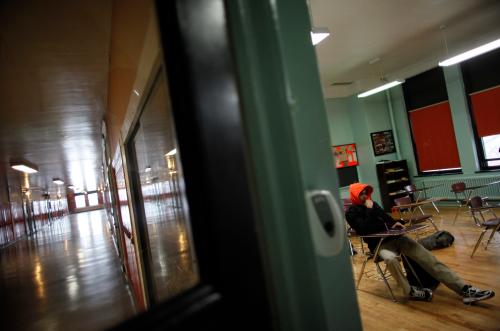
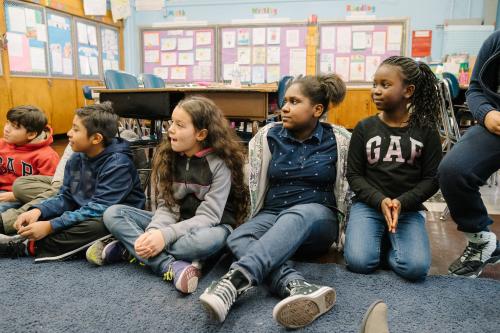
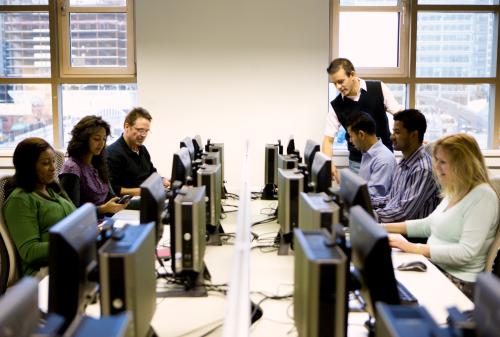
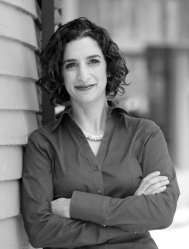
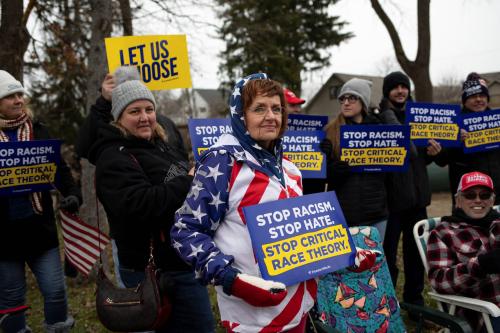


Commentary
Teachers are people too: Racial bias among American educators
July 13, 2020